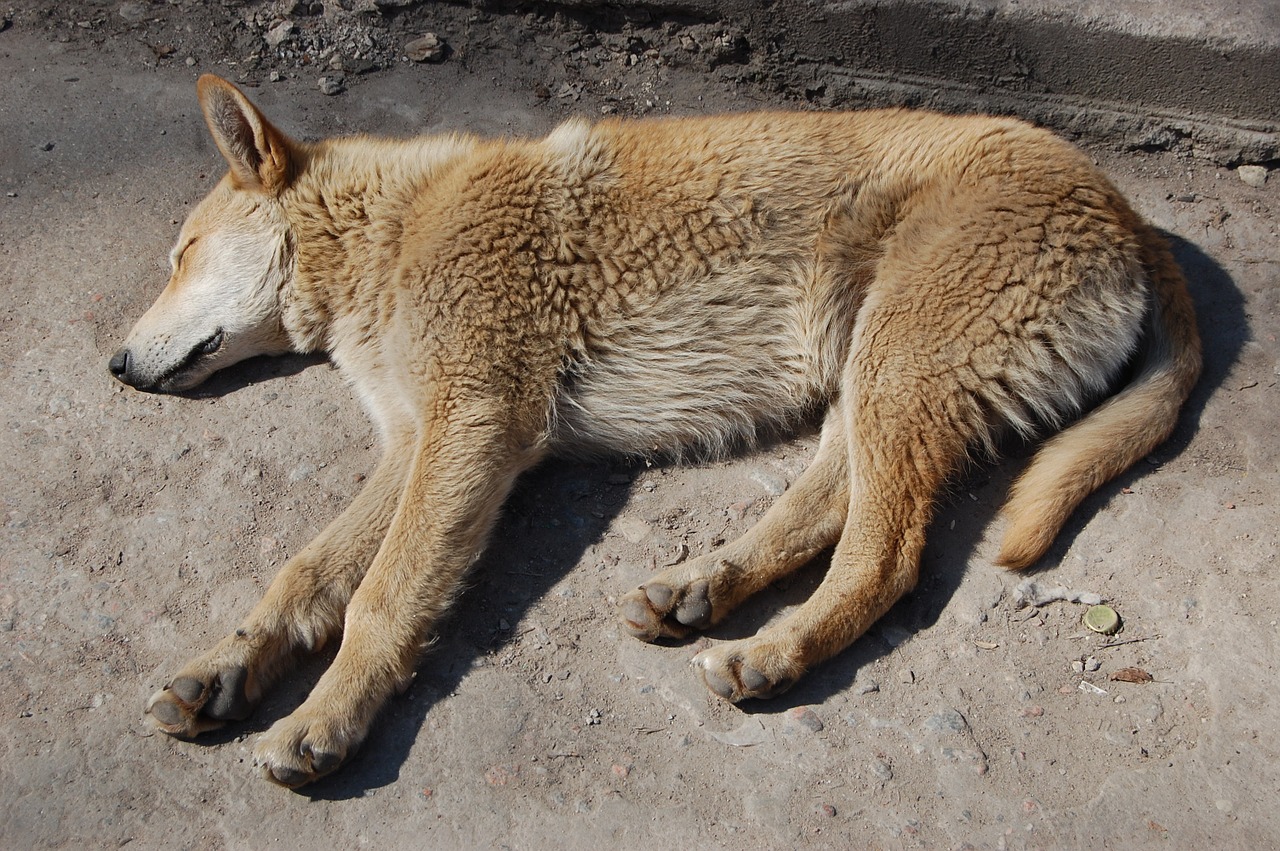Best Ways to Use Olive Oil on Dogs
This post contains affiliate links. This means I will make a commission at no extra cost to you should you click through and make a purchase. Read the full disclosure here.
Olive oil is not just a popular ingredient in cooking; it also has numerous benefits for dogs. From promoting a healthy coat to aiding digestion, olive oil can be a valuable addition to your pet’s diet and skincare routine. In this article, we will explore the best ways to use olive oil on dogs and how it can enhance their overall well-being.
Introduction
As a responsible dog owner, you want to provide the best care possible for your furry friend. Incorporating olive oil into your dog’s routine can be a natural and safe way to improve their overall health. Whether you want to enhance their coat, support their digestion, or address skin issues, olive oil offers a range of benefits for your canine companion.
Understanding the Benefits of Olive Oil for Dogs
Olive oil is rich in monounsaturated fats, antioxidants, and essential nutrients that can positively impact your dog’s health. These benefits include:
- Improving skin and coat health
- Boosting the immune system
- Supporting healthy digestion
- Providing relief from dry skin and itchiness
- Acting as a natural flea repellent
- Promoting joint health and mobility
Using Olive Oil for a Healthy Coat
A shiny and lustrous coat is often an indicator of a dog’s overall well-being. Olive oil can play a significant role in maintaining a healthy coat by moisturizing the skin and reducing dryness. To use olive oil for a healthy coat, follow these steps:
- Start with a small amount: Begin by adding a teaspoon of olive oil to your dog’s food and gradually increase the dosage if needed.
- Mix it well: Ensure that the olive oil is thoroughly mixed with the food to make it more appealing for your dog.
- Observe the results: Over time, you will notice a shinier and smoother coat in your canine companion.
Incorporating Olive Oil into Your Dog’s Diet
Adding olive oil to your dog’s diet can have multiple benefits. It helps with digestion, improves nutrient absorption, and adds flavor to their meals. Follow these guidelines when incorporating olive oil into your dog’s diet:
- Choose the right olive oil: Opt for extra virgin olive oil as it retains the maximum nutrients and is free from additives.
- Determine the appropriate dosage: The ideal dosage depends on your dog’s weight, age, and overall health. Consult your veterinarian for personalized advice.
- Gradually introduce it: Start by adding a small amount of olive oil to your dog’s food and monitor their response. Increase the quantity slowly, if necessary.
Relieving Skin Conditions with Olive Oil
If your dog experiences dry and itchy skin, olive oil can provide relief and nourishment. Here’s how to use olive oil for skin conditions:
- Prepare a soothing mixture: Mix equal parts of olive oil and water in a spray bottle.
- Apply the mixture: Spray the solution onto your dog’s skin, focusing on the affected areas.
- Gently massage: Massage the mixture into the skin using circular motions to promote absorption.
- Repeat as needed: Use this remedy regularly to alleviate dryness and itchiness.
Applying Olive Oil for Ear Health
Olive oil can also be used to maintain your dog’s ear health. Here’s a simple process to follow:
- Warm the olive oil: Place a small amount of olive oil in a container and warm it slightly.
- Apply the oil: Using a dropper, carefully apply a few drops of olive oil into your dog’s ear canal.
- Massage the base of the ear: Gently massage the base of the ear to distribute the oil and loosen any debris.
- Allow your dog to shake: Let your dog shake its head to remove any excess oil and debris.
Using Olive Oil as a Natural Flea Repellent
Olive oil can act as a natural and safe flea repellent for your dog. Follow these steps to utilize its flea-repelling properties:
- Create a repellent spray: Mix equal parts of olive oil and water in a spray bottle.
- Apply the spray: Spray the mixture onto your dog’s coat, focusing on areas prone to fleas.
- Comb through the fur: Use a fine-toothed comb to comb through your dog’s fur, ensuring the spray reaches the skin.
- Repeat regularly: Reapply the spray every few days or as needed to maintain its effectiveness.
Boosting Digestive Health with Olive Oil
If your dog experiences digestive issues or constipation, olive oil can help promote a healthy digestive system. Here’s how you can utilize olive oil for digestive health:
- Determine the appropriate dosage: Consult your veterinarian to determine the correct amount of olive oil based on your dog’s weight and condition.
- Add it to the food: Mix the recommended amount of olive oil with your dog’s regular food.
- Monitor your dog’s digestion: Observe any improvements in your dog’s bowel movements and overall digestive comfort.
Promoting Joint Health and Mobility
As dogs age, they may develop joint issues or experience reduced mobility. Olive oil can assist in promoting joint health and relieving inflammation. Follow these guidelines to support your dog’s joint health:
- Consult your veterinarian: Before incorporating olive oil for joint health, consult your veterinarian for guidance and personalized advice.
- Administer the appropriate dosage: Your veterinarian will determine the ideal dosage based on your dog’s weight, size, and joint condition.
- Consistency is key: Administer the recommended amount of olive oil consistently to achieve the desired results.
Precautions and Guidelines for Using Olive Oil on Dogs
While olive oil can provide numerous benefits, it’s important to follow these precautions and guidelines:
- Consult your veterinarian: Before making any changes to your dog’s diet or skincare routine, consult your veterinarian for professional advice.
- Choose high-quality olive oil: Opt for extra virgin olive oil without any additives or preservatives.
- Monitor your dog’s response: Observe your dog’s reactions and adjust the dosage accordingly.
- Consider individual factors: Every dog is unique, so consider their age, weight, health conditions, and specific needs when using olive oil.
Conclusion
Incorporating olive oil into your dog’s routine can be a valuable addition to their overall well-being. From promoting a healthy coat to supporting digestion and addressing skin conditions, olive oil offers a range of benefits. However, it’s crucial to consult your veterinarian and follow the appropriate guidelines to ensure the best results for your furry friend.
Frequently Asked Questions (FAQs)
- Can I use any type of olive oil for my dog?
- It’s recommended to use extra virgin olive oil without any additives or preservatives for your dog.
- How much olive oil should I give to my dog?
- The dosage depends on your dog’s weight, age, and health condition. Consult your veterinarian for personalized advice.
- Can olive oil help with my dog’s dry skin?
- Yes, olive oil can moisturize and nourish dry skin, providing relief from itchiness and promoting a healthier coat.
- Are there any side effects of using olive oil on dogs?
- In general, olive oil is safe for dogs when used in moderation. However, excessive consumption may lead to digestive issues. Monitor your dog’s response and adjust the dosage accordingly.
- Can I apply olive oil directly to my dog’s paws?
- Yes, you can apply olive oil to your dog’s paws to moisturize dry or cracked skin. Massage a small amount onto the paws and allow it to absorb.













![Jack Russell Old Age Problems [How To Take Care Of Them] Jack Russell Old Age Problems](https://jackrusselterrier.net/wp-content/uploads/2023/03/istockphoto-1352753212-612x612-1.jpg)